Baltic Mixed Forests
The ecoregion’s land area is provided in units of 1,000 hectares. The conservation target is the Global Safety Net (GSN1) area for the given ecoregion. The protection level indicates the percentage of the GSN goal that is currently protected on a scale of 0-10. N/A means data is not available at this time.
Bioregion: West European Coastal Mixed Forests (PA10)
Realm: Western Eurasia
Ecoregion Size (1000 ha):
11,433
Ecoregion ID:
647
Conservation Target:
41%
Protection Level:
8
States: Poland, Germany, Denmark, Sweden
Streams meander through a mosaic of flooded meadows, farmland, and woodlands until it reaches the coast where tidal flats, dunes, salt marshes, and brackish wetlands provide habitats for thousands of waterbirds. At Schorfheide-Chorin Biosphere Reserve, more than 20,000 passage waterbirds can frequently be found. One of these waterbirds, also the rarest passerine bird species in mainland Europe, is the aquatic warbler. Once widespread and abundant, this species has disappeared from most of its former range in northern Germany and Poland to a reduced population along the German-Poland border.
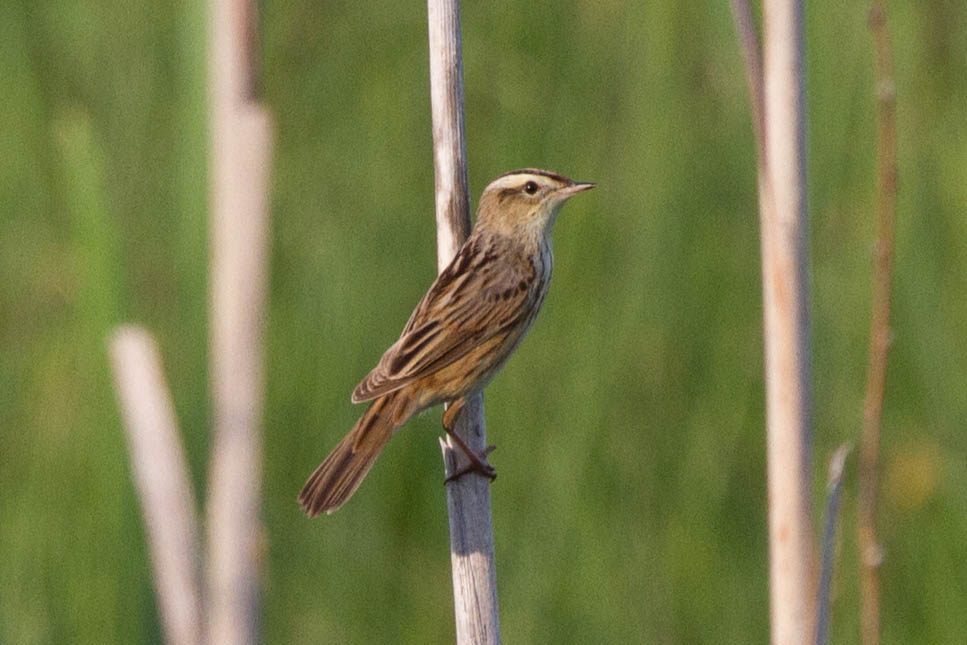
The flagship species of the Baltic Mixed Forests ecoregion is the aquatic warbler. Image credit: Creative Commons
The Baltic Mixed Forests stretch eastwards along the Baltic coastline from Denmark to northern Germany and Poland, and include the southernmost part of Sweden. Mean annual temperatures range between 7-13°C, with mild winters and summers: the hottest months rarely surpass 20°C. Precipitation is frequent and of low intensity. Mean rainfall in northern Poland is approximately 600 m.
The terrain is undulating with differentiated relief, encompassing many different habitats including post-glacial lakes, reedbeds, fens, peatbogs, stands of forest, and an extensive networks of rivers and inland surface waters.vii The coast consists mostly of sand dunes, brackish lagoons, and coastal lakes. The largest river in Poland, Vistula, discharges into the Baltic, forming a flat delta.
The forests are dominated by managed monocultures of European beech and Norway spruce woodlands. The key forest communities are: mixed beech forests, oak-beech forests, pine-oak forests, and mixed oak forests. Among the forests include deciduous species such as English oak, sessile oak, European ash, Norway maple, European ash, silver birch, European beech, European hornbeam, and black alder. Glacial relicts also exist here including the cold-tolerant dwarf birch, characteristic of open raised bog and tundra environments.
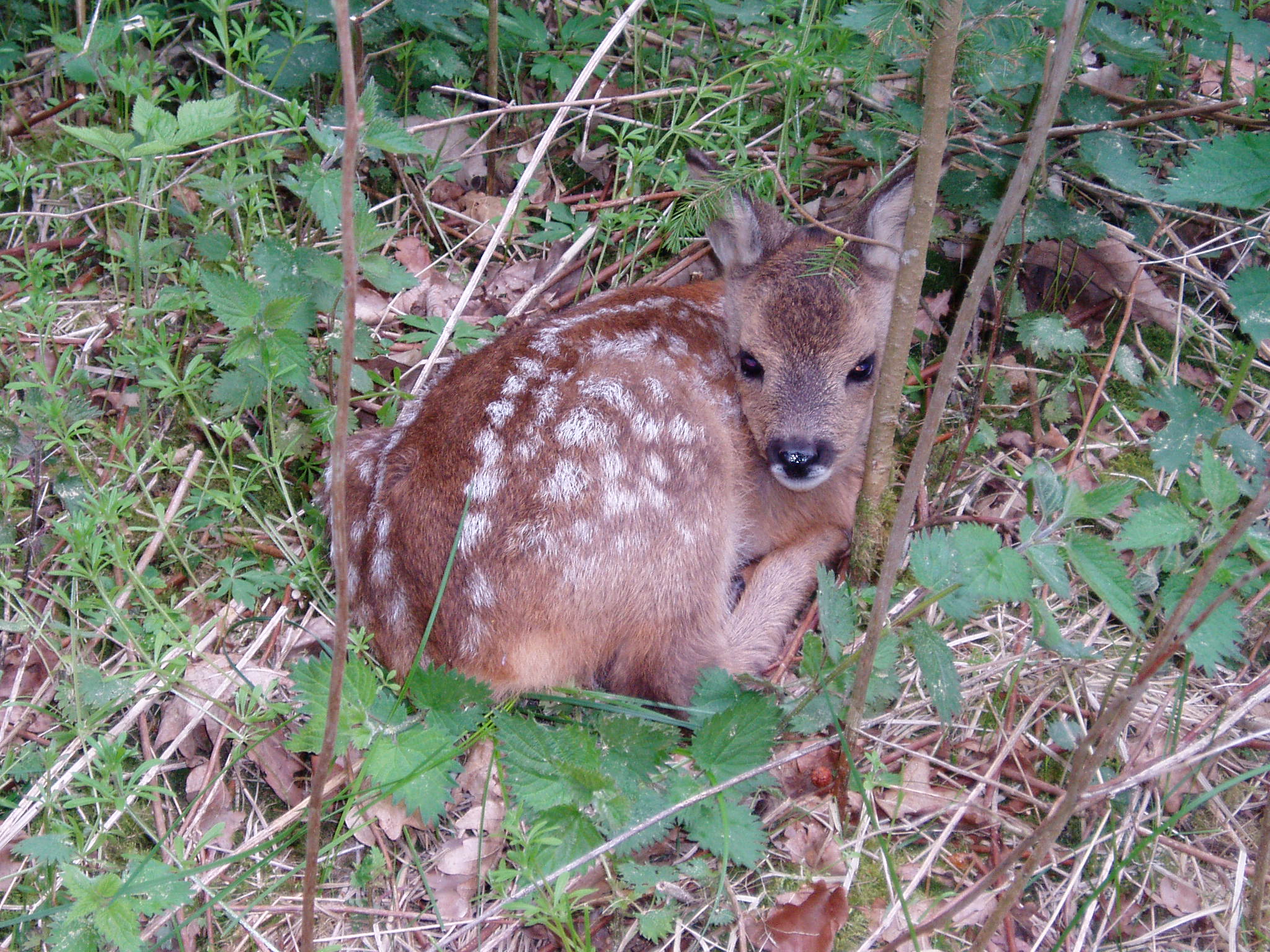
Roe deer. Image credit: Jan Bo Kristensen, Creative Commons
There is a broad diversity of species within this ecoregion. Birds of the Baltic area represents 340 species, many are breeding water birds including the aquatic warbler and bean goose. However, some of these birds stop here whilst migrating between wintering grounds and summer breeding areas, for example the long-tailed duck, tufted duck, mute swan, Canada goose, European herring gull, and velvet scoter.
Other birds found here include the great spotted woodpecker, common buzzard, tawny owl, white-tailed eagle, and corn-crake. Rare species include the black grouse, wood grouse, black storks, and peregrine falcons. Among the mammals are the European otter, roe deer, wild boar, fox, and wolf. The critically endangered European mink is now extinct from this ecoregion. Many species of bats reside here including the Natterer's Bat, Nathusius's pipistrelle, and brown long-eared bat.
European beech forest is the natural vegetation across temperate Europe. However, a long history of human use including modern forestry has led to substantial habitat loss and the creation of simplified forest ecosystems. Only small remnants of old-growth forests are left. Much of this and other key habitats, such as wetlands, are found in protected areas including the special protection areas of Bory Tucholskie and Ostoja Wkrzańska in Poland, Schorfheide-Chorin and Schaalsee-Gebiet in Germany, and Rold Skov and Gribskov in Denmark. In Sweden, Ramsar sites protect much of the wetland area including Klingavälsån-Krankesjön and Helgeån Ramsar.
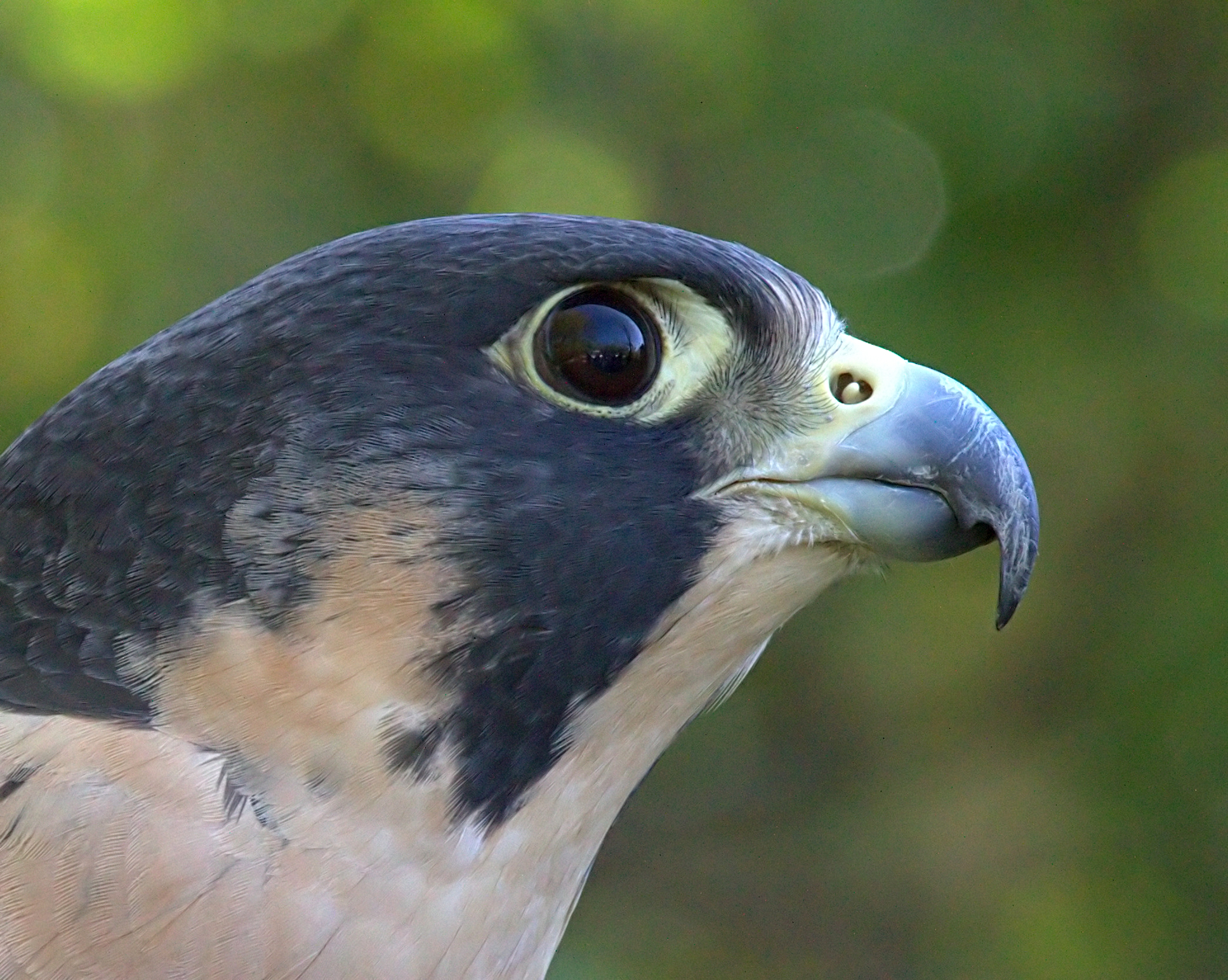
Peregrine falcon. Image credit: Greg Hume, Creative Commons
The ecoregion is being threatened by ongoing habitat destruction and water pollution discharge, especially from agricultural runoff to rivers and wetlands. Coastal lowlands are threatened by storm surges and erosion due to sea level rise, which is only expected to increase with climate change. Natural floodplains are becoming rare, due to the expansion of agriculture and urbanized areas, and rivers are being restricted. These are preventing floodplains from playing their role in flood reduction.
Threats within the coastal zone include overfishing and the by-catch of endangered species, mammals, and diving birds, which is resulting in the dramatic loss of wintering waterbirds on the Baltic coastline.xi Other threats include the modernization of local roads, tree felling, and unregulated tourism.
The priority conservation actions for the next decade will be to: 1) establish wetlands to reduce the leaching of agricultural run-off into the aquatic environment, and to allow floodplains to effectively prevent floods; 2) restore forests and interconnect them to provide habitat corridors for long-ranging species, for example wolves; and 3) maintain and preserve habitats for species within managed woodland including bat roost sites and osprey nests.
Citations
- Jadwiszczak, K.A., Drzymulska, D., Banaszek, A. and Jadwiszczak, P. 2012. Population history, genetic variation and conservation status of the endangered birch species Betula nana L. in Poland. Silva Fennica. 46(4), pp.465-477.
- Europa. 2019. Aquatic Warbler project – Conserving Acrocephalus paludicola in Poland and Germany. [Online]. [Accessed 10 August 2019]. Available from: http://ec.europa.eu/environment/life/project/Projects/index.cfm?fuseaction=search.dspPage&n_proj_id=2926#PD
- Lelli, C., Bruun, H.H., Chiarucci, A., Donati, D., Frascaroli, F., Fritz, Ö., Goldberg, I., Nascimbene, J., Tøttrup, A.P., Rahbek, C. and Heilmann-Clausen, J. 2019. Biodiversity response to forest structure and management: Comparing species richness, conservation relevant species and functional diversity as metrics in forest conservation. Forest ecology and management. 432, pp.707-717.

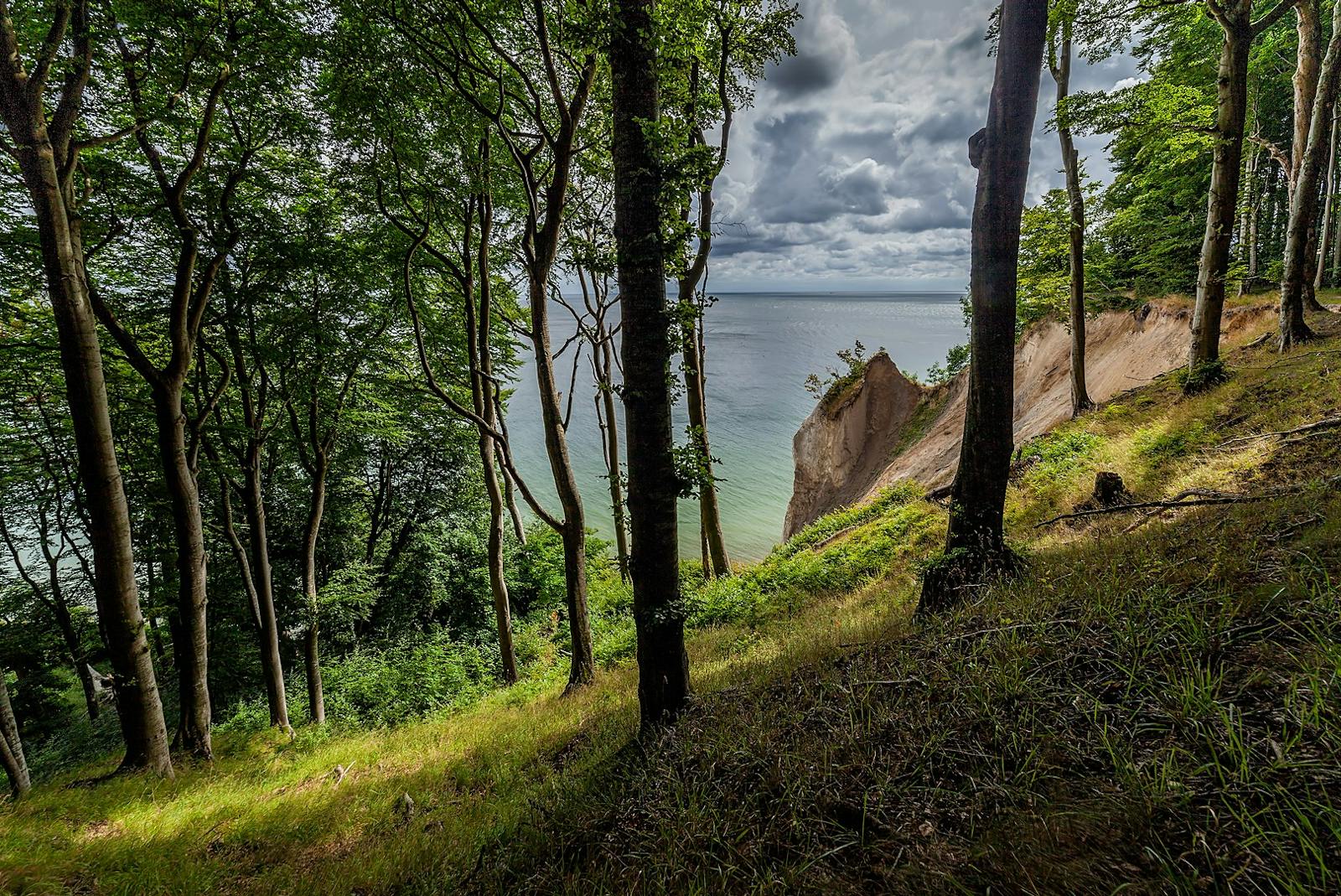
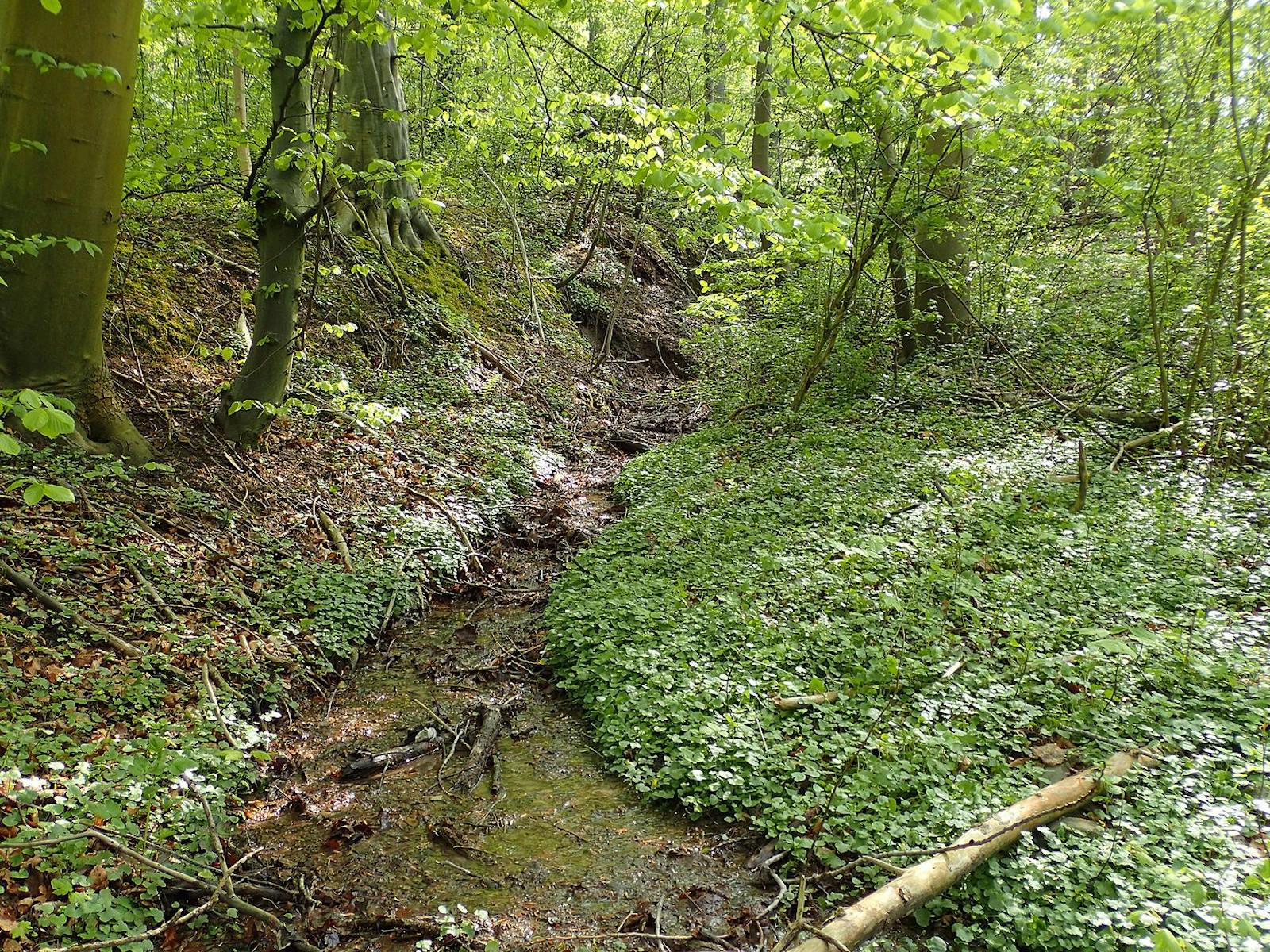
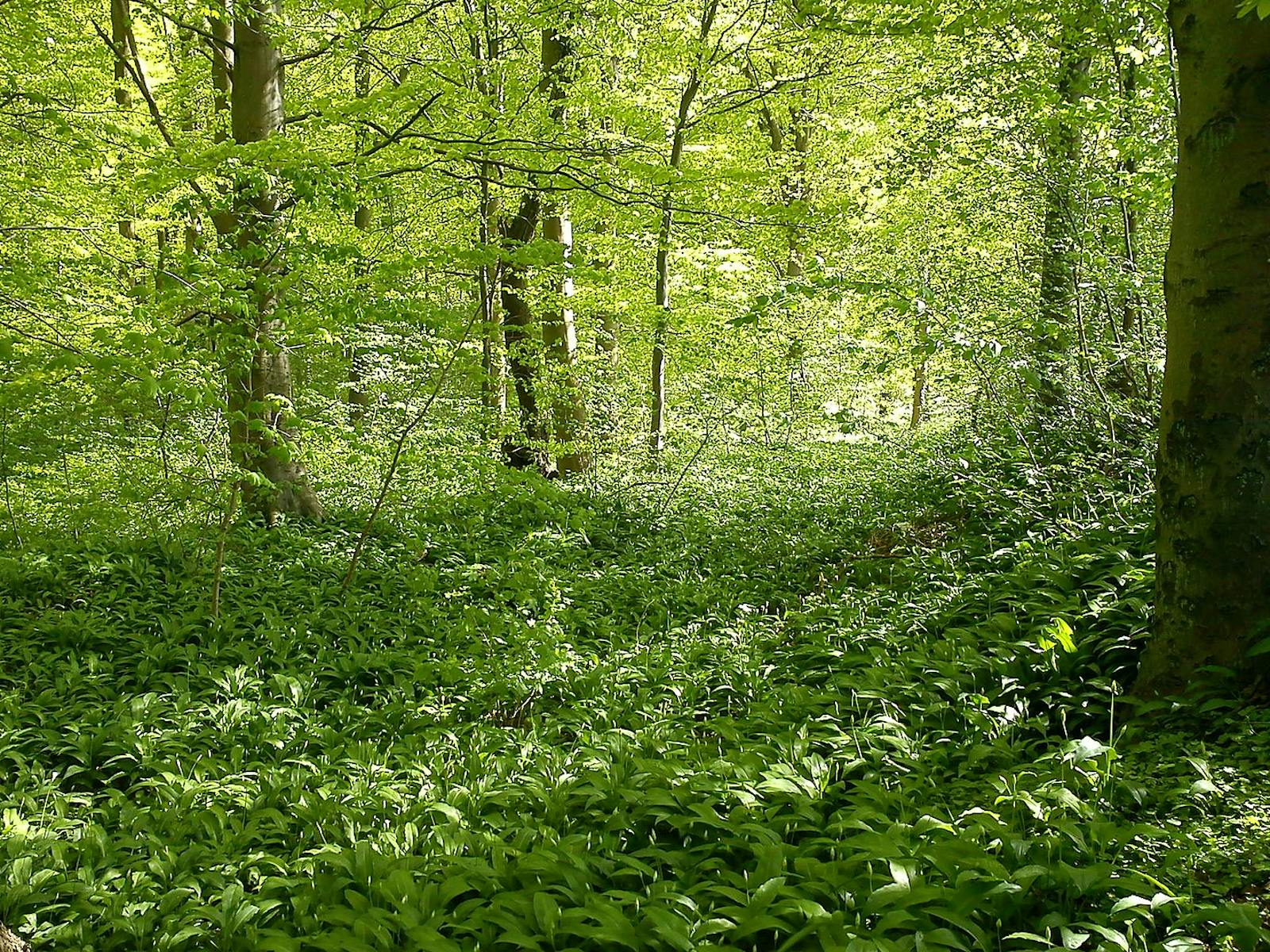
.png?auto=compress%2Cformat&w=300)

